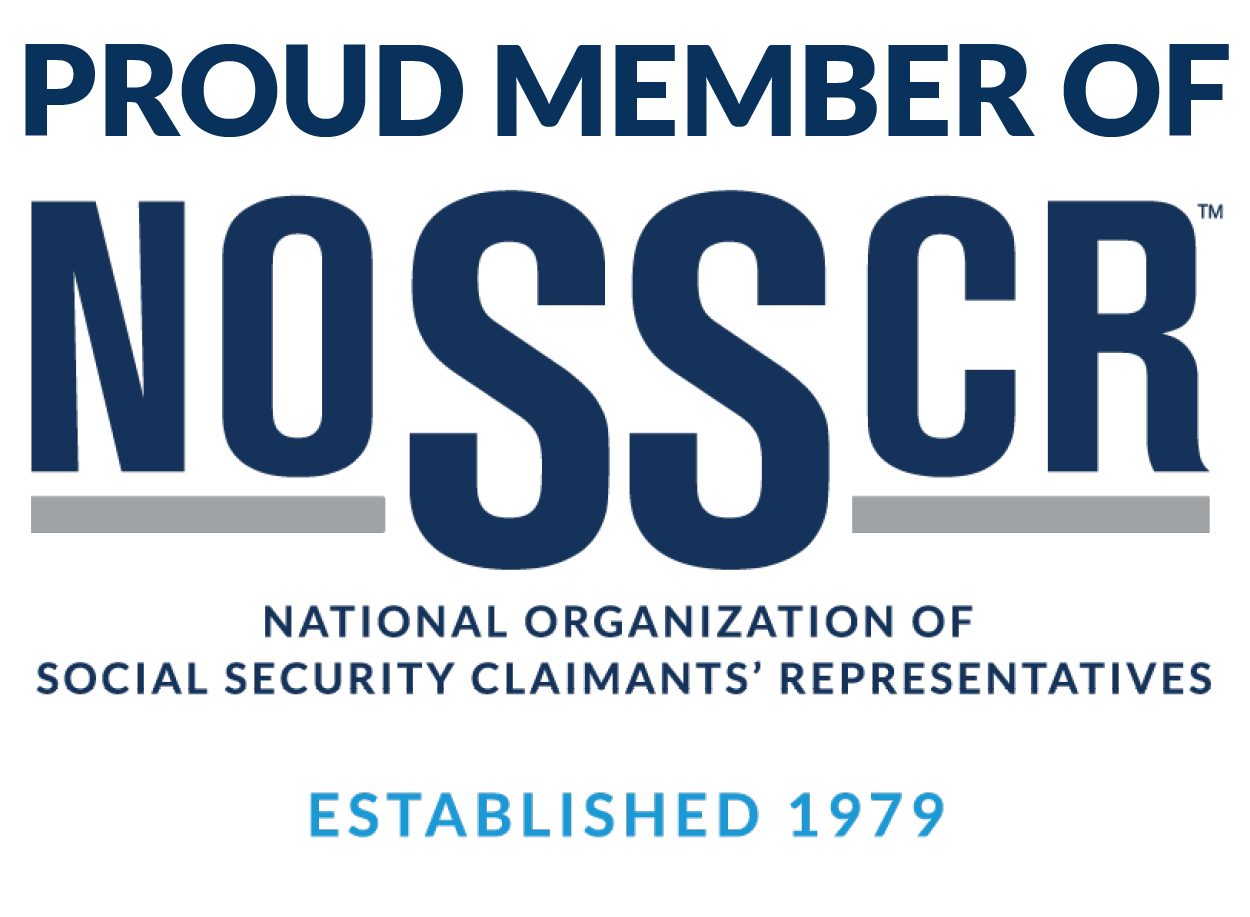Workers’ compensation is designed to provide benefits for an employee injured at work or at the workplace (there are sometimes differences), and may include wages, medical, and other benefits. See. Kerans v. Porter Paint Co. (1991), 61 Ohio St.3d 486, 490, 575 N.E.2d 428, 431, citing Byrd v. Richardson-Greenshields Securities, Inc. (Fla.1989), 552 So.2d 1099. The Workers’ Compensation Act provides for compensation for injuries which occur “in the course of” and “arising out of” employment. R.C. § 4123.01(C).
Opportunities for wage continuation, wage differential, permanent partial awards, and settlements exist with workers compensation claims. The value of these claims are wholly contingent upon the nature and extent of the injury, its permanency, costs of medical treatment, future wage loss, and the presentation of medical and vocational evidence. The firm has a highly successful track record of maximizing these awards, including obtaining valuable settlements and court victories in disputed claims.
It is fundamental that there be a causal connection between the work injury and the claimed harm. State ex rel. Webb v. Indus. Comm. (1991), 76 Ohio App.3d 701, 703, 602 N.E.2d 1265, 1266. Issues such as pre-existing injuries cloud the picture in determining this “causation” element. Although the time, place, and circumstance factors are not dispositive in determining whether the “in the course of” requirement of workers’ compensation statute is met, a compensable injury does not necessarily have to be sustained in the actual performance of work. Rather, an injury is compensable if it is sustained while engaging in activities that are consistent with the employment and are logically related to the employer’s business. R.C. § 4123.01(C). The following factors (which are not exhaustive) are enumerated under the totality of the circumstances test to determine whether a sufficient causal connection exists between the injury and the employment, so as to satisfy the “arising out of” requirement of the workers’ compensation statute: (1) the proximity of the scene of the accident to the place of employment; (2) the degree of control the employer had over the scene of the accident; and (3) the benefit the employer received from the injured employee’s presence at the scene of the accident. R.C. § 4123.01(C). The requirements under the Workers’ Compensation Act should be liberally construed in favor of awarding benefits to injured employees. Barber v. Buckeye Masonry & Constr. Co. (11th Dist., 2001), 146 Ohio App.3d 262.
Retaliation for filing a workers’ compensation claim is specifically prohibited under the statute. 4123.90; Berge v. Columbus Community Cable Access, (Ohio App. 10 Dist. 1999, 136 Ohio App.3d 281, 736 N.E.2d 517. Moreover, employees who are receiving temporary total disability compensation may no longer be discharged solely on the basis of absenteeism or inability to work, when the absence or inability to work is directly related to an allowed workers’ compensation condition. Coolidge v. Riverdale Local School Dist. (2003) 100 Ohio St.3d 141, 797 N.E.2d 61.


